Incredible Sound for Your Recordings – The 10 Best Microphones
Rent film gear from local filmmakers.

Rent film gear from local filmmakers.
Have you been looking through studio microphones to find a proper microphone?
In this article we've listed the best microphones for recording, and the pros and cons of each of them.
Are you interested in other gear than just microphones? Learn about camera equipment and step up your game.
10 of the best recording microphones
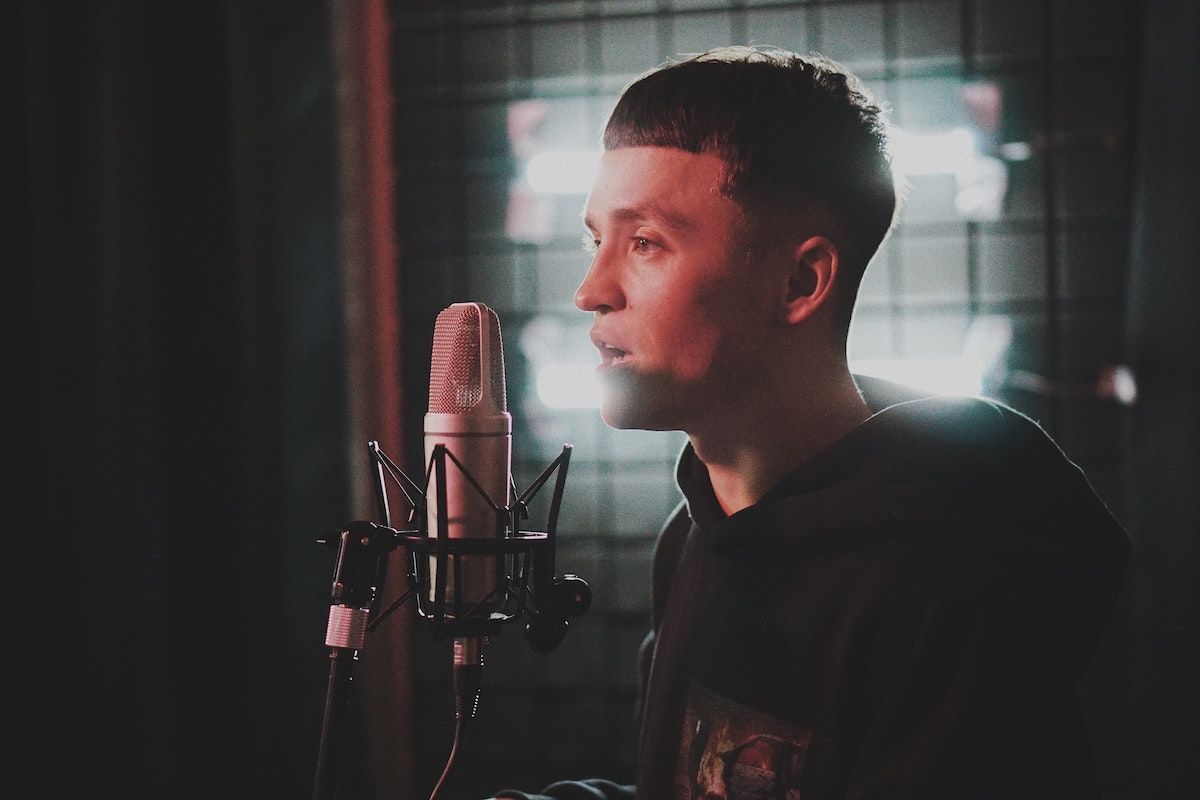
1. Sontronics Solo microphone
The Sontronics Solo is a solid microphone. There's no doubt about it. The solo weighs around 1.2lb, making the microphone feel solid and sturdy in your hand.
The Sontronics Solo is a dynamic microphone, which means it uses electromagnetism to convert sound into electrical signals. Dynamic microphones are known for their ability to capture loud and strong sounds.
Compared to other dynamic microphones, the Sontronics solo has a fairly high impedance, making it easier for the user to control the noise and feedback. And that goes for both studio recording and live events, if you should want to take it on the road.
The sound quality on the Sontronics Solo is just magnificent, and it can be used to record both vocals and instruments.
Key features
- Mic type: Dynamic
- Polar pattern: Supercardioid
- Sensitivity: 3.1 mV / -50dB (+-2dB)
- Size: 7.5 x 1.9 x 1.9" / 190 x 47 x 47mm
- Impedance: 600 ohm
- Weight: 1.2lb / 565g
- Connector: 3-pin XLR
- Frequency response: 50Hz - 15kHz
Pros
- Exceptionally great for vocal sound
- Sturdy build
- Great range frequency
Cons
- Less compact than some of its competitors
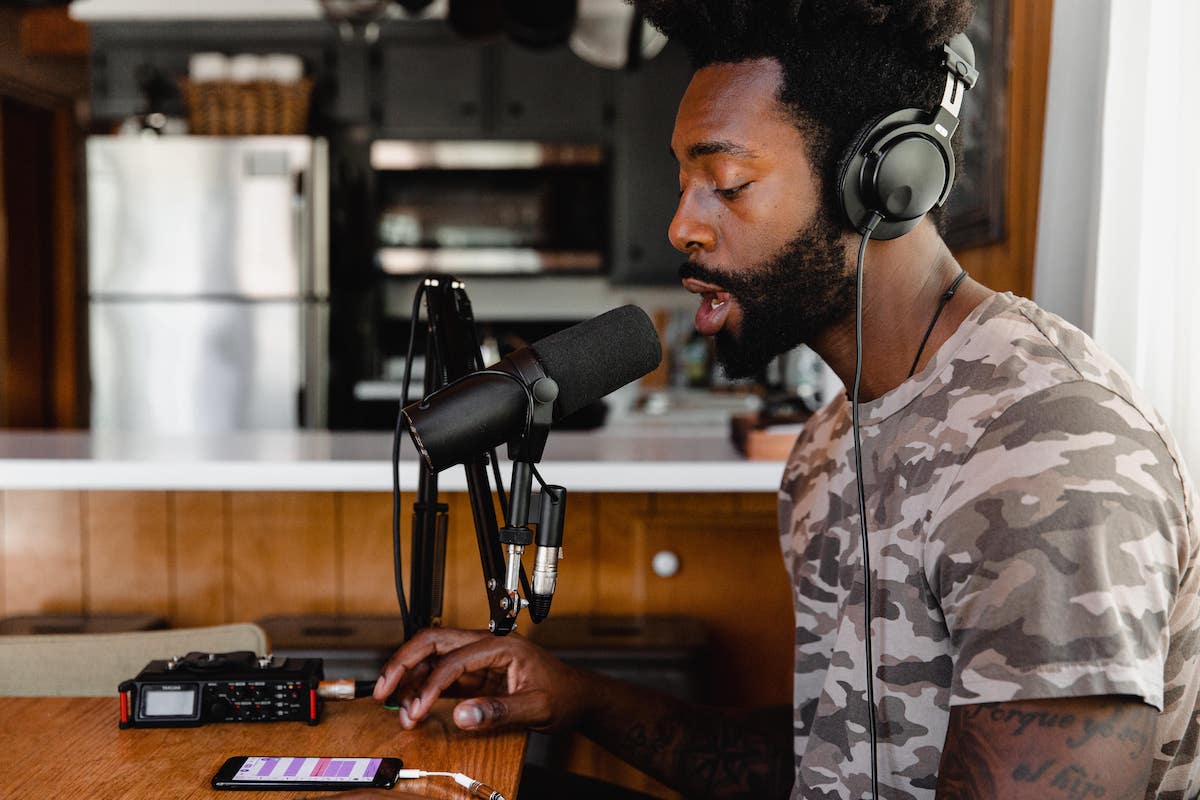
2. Rode NT1 microphone
The Rode NT1 is a fantastic microphone, that exhibits very little noise. The NT1 uses the Lyre system from Rycote on the transducer, reducing external vibrations to a minimum.
The Rode NT1 microphone is a Condensor microphone, which means the microphone captures sound through a capacitor made up of two charged metal plates. This means that the condensor microphone needs external power to work.
Condensor microphones are known for being optimal for studio recordings, specifically recording delicate sounds like voices.
The Rode NT1 is ideal for vocal recording, it being a condensor mic and having a low self-noise level.
Key features
- Mic type: Condensor
- Polar pattern: Cardioid
- Sensitivity: 3.5 mV / -29dB (+-2dB)
- Size: 7.4 x 2 x 2" / 187 x 50 x 50mm
- Impedance: 100 ohm
- Weight: 0.7lb / 318g
- Connector: XLR
- Frequency response: 20Hz - 20kHz
Pros
- Great for vocal recording
- Great build quality
- Very low self-noise
- Uncolored frequency response
Cons
- Mediocre accessories

3. Shure MV7
The Shure MV7 is a compact dynamic microphone based of the popular Shure SM7B microphone. The Shure MV7 has a base price that's a bit lower, and aims for the independent recording audience.
The Shure MV7 is specifically great ofr recording podcasts, but it also handles other vocal recordings quite well.
It's a very flexible and stable microphone, and you can plug it directly into your computer with its USB connector.
Key features
- Mic type: Dynamic
- Polar pattern: Unidirectional
- Sensitivity: 1.8 mV / -55dB
- Size: 6.5 x 3.6 x 6" / 164 x 90 x 157mm
- Impedance: 314 ohm
- Weight: 1.2lb / 565g
- Connector: 3-pin XLR & USB
- Frequency response: 20Hz - 20kHz
Pros
- Incredible sound quality
- Multiple connection ports (XLR and USB)
- Compact and sturdy
Cons
- Software required to utilize all features
4. sE Electronics sE2200a II microphone
The sE Electronics sE2200a II (phew, that's a long name!) might not excel over any microphone in this article at one specific thing. It does have one thing going for it, though, and that's versatilty.
The sE2200a II is great a recording vocals, and its multi-pattern qualities makes it great for many other types of recordings.
Key features
- Mic type: Condenser
- Polar pattern: Cardioid
- Sensitivity: 23.7 mV / -32.5dB
- Diameter 2" / 51mm
- Length: 8.5" / 215mm
- Impedance: 200 ohm
- Weight: 1.3lb / 611g
- Connector: 3-pin XLR
- Frequency response: 20Hz - 20kHz
Pros
- Versatile
- Great design
- Solid sound quality
Cons
- A little pricey
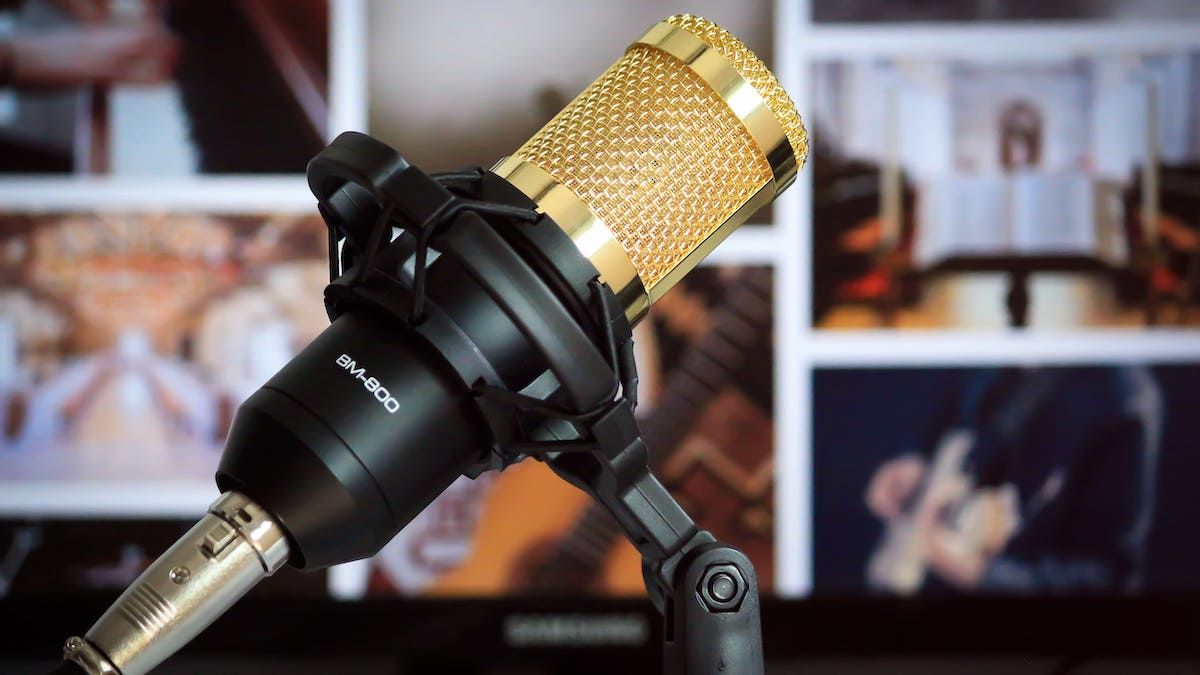
5. AKG C636
The AKG C636 is an incredible microphone for capturing vocal recordings in the studio.
The C636 uses its carioid polar pattern with the suspension and grille to eliminate pretty much any feedback. The C636 is especially good for capturing singing, and that goes both for studio recording and the live stage.
However, it's important to mention that all this quality comes with a price, and the AKG C636 is around $500. So if you're serious about your recordings, you should definitely give this one a try!
Key features
- Mic type: Condenser
- Polar pattern: Cardioid
- Sensitivity: 5.6 mV / -45dB
- Diameter 2" / 51mm
- Length: 7.3" / 185mm
- Impedance: 200 ohm
- Weight: 0.7lb / 312g
- Connector: 3-pin XLR
- Frequency response: 20Hz - 20kHz
Pros
- Clear sounds
- Great at feedback rejection
- Good off-axis attenuation
Cons
- A bit pricey
6. Neumann TLM 102 microphone
The Neumann TLM 102 is an exceptional studio microphone designed to give you a professional output.
The Neumann TLM 102 is exceptionally great at capturing loud sounds without distortion and accurately capture fast vibrations.
The TLM 102 isn't just a microphone for recording vocals, it also works well with drums and guitars.
Key features
- Mic type: Condenser
- Polar pattern: Cardioid
- Sensitivity: 11 mV
- Diameter: 2" / 52mm
- Length: 4.6" / 116mm
- Impedance: 50 ohm
- Weight: 0.6lb / 260g
- Connector: 3-pin XLR
- Frequency response: 20Hz - 20kHz
Pros
- Great sound quality
- Fairly affordable price
Cons
- No shock mount included

7. Rode NTR Ribbon Microphone
The Rode NTR Ribbon microphone is equipped with an internal shock mount, as well as a bi-directional pickup pattern.
The Rode NTR is fairly compact, so you can take it pretty much anywhere without worrying about damages.
The Rode NTR is a Ribbon microphone, which means it uses a thin material as an electrically conductive ribbon placed between a magnet. Ribbon microphones are exceptionally good at capturing high fidelity sounds and accurate sound details.
Key features
- Mic type: Ribbon
- Polar pattern: Figure 8
- Sensitivity: 30 mV / -30.5dB (+-2dB)
- Size: 8.5 x 2.6 x 2.6" / 216 x 65 x 65mm
- Impedance: 200 ohm
- Weight: 2.3lb / 1047g
- Connector: XLR
- Frequency response: 20Hz - 20kHz
Pros
- Captures a natural sound
- Built-in shockmount
Cons
- Small
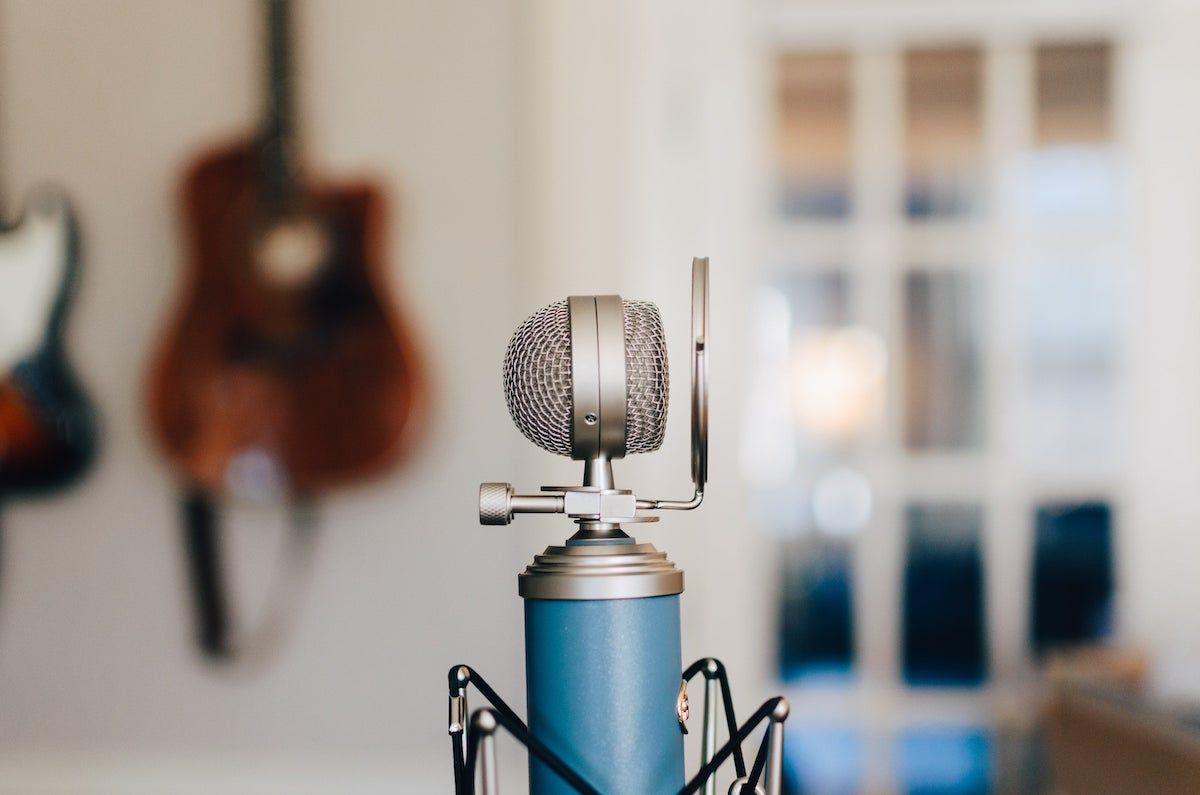
8. Lewitt LCT 640 TS microphone
The Lewitt LCT 640 TS is full of modern audio technology. It has a dual output which allows the user to use different sound patterns for the recording.
The LCT 640 TS also allows you to utilize the front and rear diapragms as two independent circuitries from each other. This is something you haven't seen before in it's competition.
The LCT 640 TS is very flexible, and has a ton of features to make sure that you're covered in any recording situation. It does come with a price tag of around $900, but you also get top quality.
Key features
- Mic type: Condenser
- Polar pattern: Cardioid
- Sensitivity: 30mv
- Size: 6.2 x 2 x 1.4" / 158 x 52 x 36mm
- Impedance: 120 ohm
- Weight: 0.9lb / 425g
- Connector: 3-pin XLR
- Frequency response: 20Hz - 20kHz
Pros
- Flexible usage
- Dual output
- Fairly reasonable price
Cons
- Some parts are a little fragile
9. Audio Technica AT5040 microphone
The Audio Technica AT5040 comes with what you would typically expect from Audio Technica. And that's pure quality.
The Audio Technica can do everything you expect a high end condenser microphone will do, and there really isn't much to specifically point out. It just works, and it works well.
Of course, with audio technica, you'll have to pay for the quality, and the microphone costs around $3,000. So you have to be very certain that this is the one you want, if you're planning on getting it.
Key features
- Mic type: Condenser
- Polar pattern: Cardioid
- Sensitivity: 56.2 mV / -25dB
- Diameter: 2.2" / 57mm
- Length: 6.5" / 165mm
- Impedance: 600 ohm
- Weight: 1.3lb / 582g
- Connector: 3-pin XLRM
- Frequency response: 20Hz - 20kHz
Pros
- Great design
- Captures a fantastic sound
- Great output levels
- Low noise
Cons
- Expensive
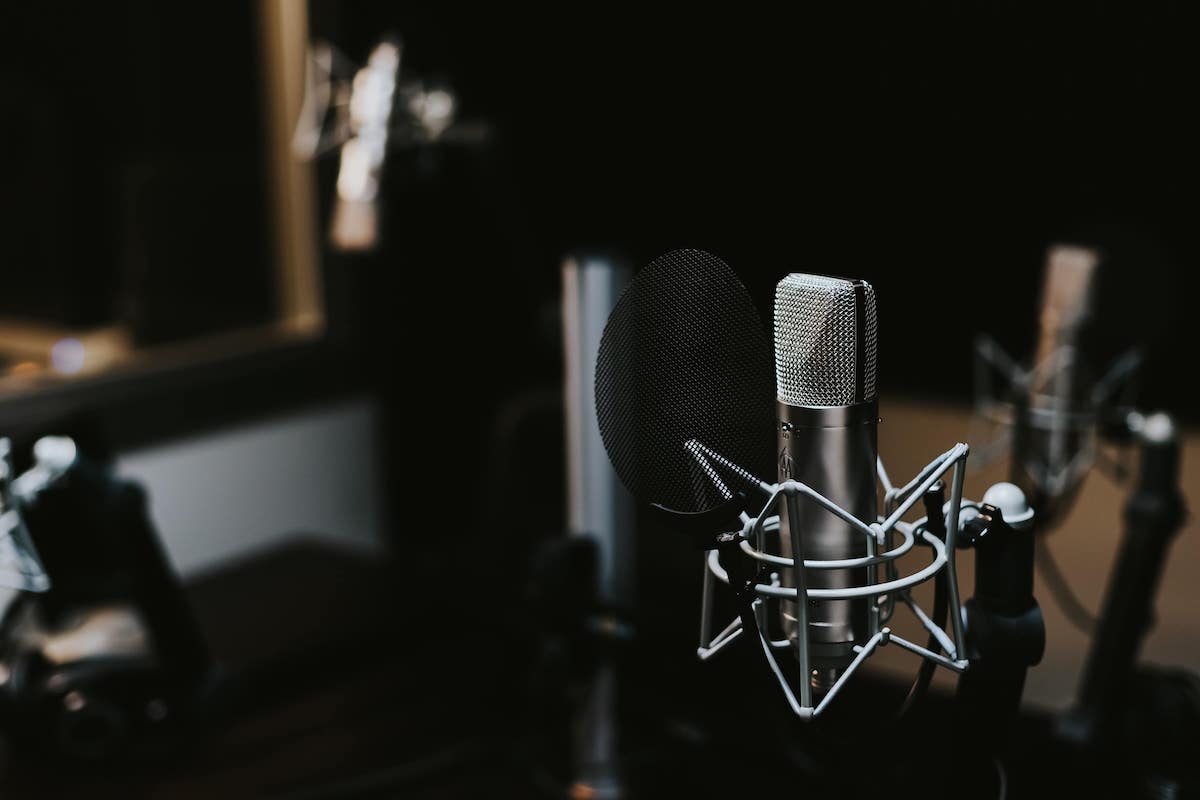
10. Shure SM7B
The Shure SM7B is a stable piece of sound equipment in the industry, and one you probably already know about. The Shure SM7B is used by many professionals around the world because it's high quality and it just works.
The Shure SM7B is great for recording podcasts or for radio shows, but it also functions in a recording studio for vocals or instruments.
Key features
- Mic type: Dynamic
- Polar pattern: Cardioid
- Sensitivity: 1.1 mV / -59dB
- Size: 2.5 x 0.2 x 7.5" / 63 x 4 x 190mm
- Impedance: 150 ohm
- Weight: 1.7lb / 764g
- Connector: 3-pin XLR
- Frequency response: 50Hz - 20kHz
Pros
- Affordable
- Sturdy build
- High-quality sound
- Versatile
Cons
- Needs a sufficient preamp or mixer
Rent or subscribe to a recording microphone
Now you know everything you need to know about recording microphones.
Are you interested in getting a microphone yourself but can't find it in your budget?
Don't worry about breaking your bank. Just go to Wedio and rent or subscribe to your next recording microphone.
Camera Rental: Save Money with Wedio
5sHshmF1n_Y
Rent Camera Gear: Access Pro Equipment
qqHXJy6AWlc
Camera Hire: Take Your Production to The Next Level
71PttfqWPXk
About the instructors
FAQ
What is the best microphone for recording?
Sontronics Solo.
What microphone do recording studios use?
Sontronics Solo.






















